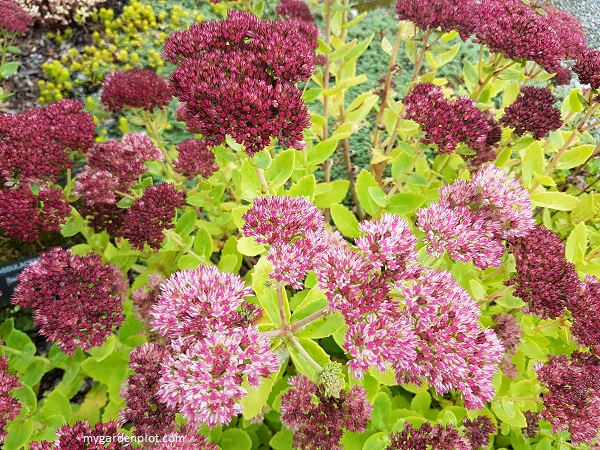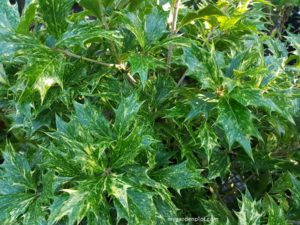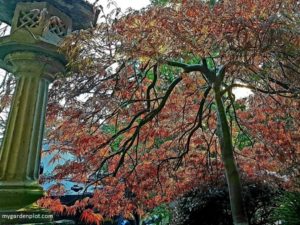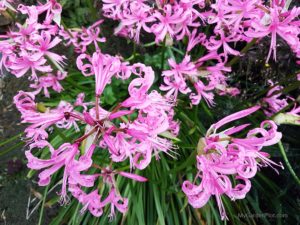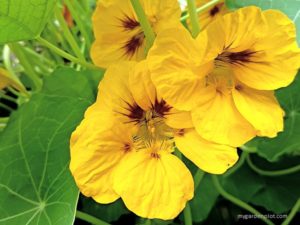About Sedum (Stonecrop)
Sedum, also known as Stonecrop, is a favourite autumn plant for adding colour and texture in a fall garden. Paired with autumn daisy-like flowering plants, such as asters and rudbeckia, the sedum’s dense masses of flower ‘pillows’ guarantees your fall-inspired garden will never be dull, even at a time when most summer perennials are past their prime. Following is a guide with tips for growing sedum and how best to plant and care for this popular fall succulent plant.
Sedums are low maintenance and reliable, hardy perennials that grow in less hospitable areas of a sunny garden. Some sedums have a low creeping habit, lovely as a groundcover, while others that we love for fall colour grows as upright clumps perfect for mixed borders. Sedums are herbaceous perennials though there are evergreens. For the most part, the upright foliage will die back in colder regions and will regrow in early spring. The evergreens tend to the creeping sedums, and their foliage turns red or bronze in the winter.
Sedums are mostly native to various countries in Europe, north Africa and Asia. They are all hardy perennials except for the S. sieboldii. Popular tall upright sedums with stunning fall interest include the hardy S. Hylotelephium ‘Herbstfreude’ Autumn Joy, Autumn Fire and Beach Party, valued for their flowers and foliage texture. Sedums are excellent for attracting bees and butterflies to a garden. And look ever so smart as a potted plant in container gardening.
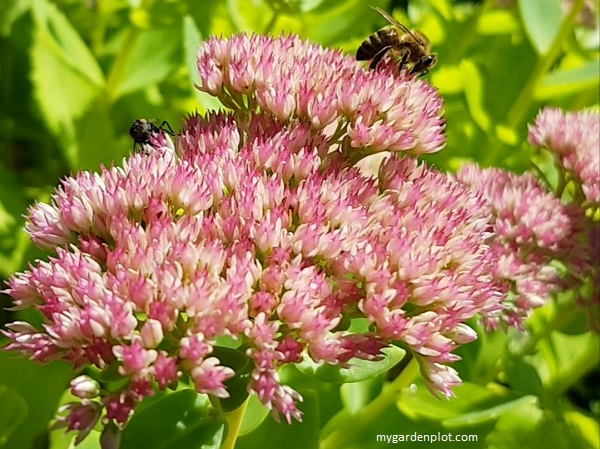
Sedum (Stonecrop) At A Glance
Type: Perennial
Location: Full sun
Blooming Season: Late Summer / Autumn
Height: Varies from 5 cm (2 inches) to 60 cm (24 inches)
Spread: Varies from 30 cm (12 inches) to 100 cm (40 inches)
When To Prune: Spring
Zones: 3 – 10 (See Chart For Cold Hardiness Zoning)
How To Plant And Care For Sedum (Stonecrop)
Upright sedums grow best in a sunny site and accept most soil types except for wet soils. It will thrive in neutral to alkaline, average soil conditions so long as it is very well-drained. Though considered drought-tolerant, water regularly during hot summer weeks.
Low growing sedums can be planted in rock gardens or as rock wall plants, and some need a little more moisture-retentive soils for their shallow roots and can tolerate some shade.
Sedums are not heavy feeders but benefit with an application of all-purpose, slow-release fertilizer at spring.
When To Prune Sedum
Over winter, it is best to leave the dead stems for some winter garden interest. By late winter, remove all the dead plant matter and clear away for the new spring growth. If needed, established sedums can be divided in spring. Some varieties can spread quickly, but most need little curbing.
Pruning back in late spring to one half will encourage healthy growth and bushy, compact plant. Cuttings can be planted into soft soil – they will easily root as many succulent plants are known for doing.
RELATED TOPIC: Buyer’s Guide On How To Choose Hand Pruners (Secateurs)
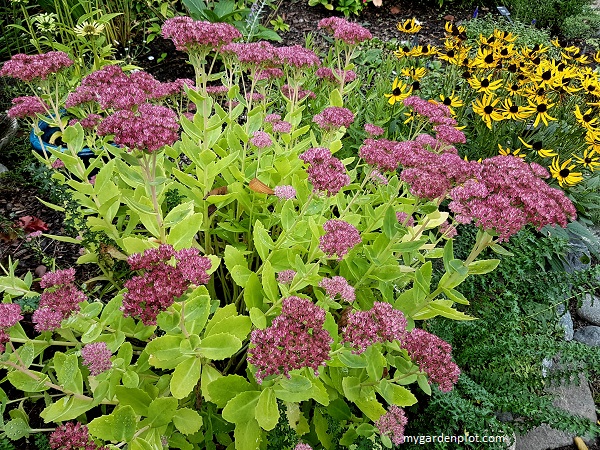
Pests And Diseases That Affect Sedum (Stonecrop)
Generally, sedums are trouble-free and deer resistant, but slugs, snails, aphids and scale insects can cause trouble.
Great Companion Plants From Spring Through Autumn (Fall):
View the choice of gardening supplies online for maintaining your garden bed and lawn. Select art and sculptures to add fun element in your garden, and all the products for making a vegetable patch. Browse the latest deals for garden supplies. And check out the awesome deck decorations and patio furniture, and the necessary garden tools.

